Best Spider Plant Soil – Complete Soil Guide And Expert Tips For Keeping Plants Happy
Spider plants are fun and easy plants to grow, but what is the best soil for a spider plant? Selecting the right soil is important so they can thrive.
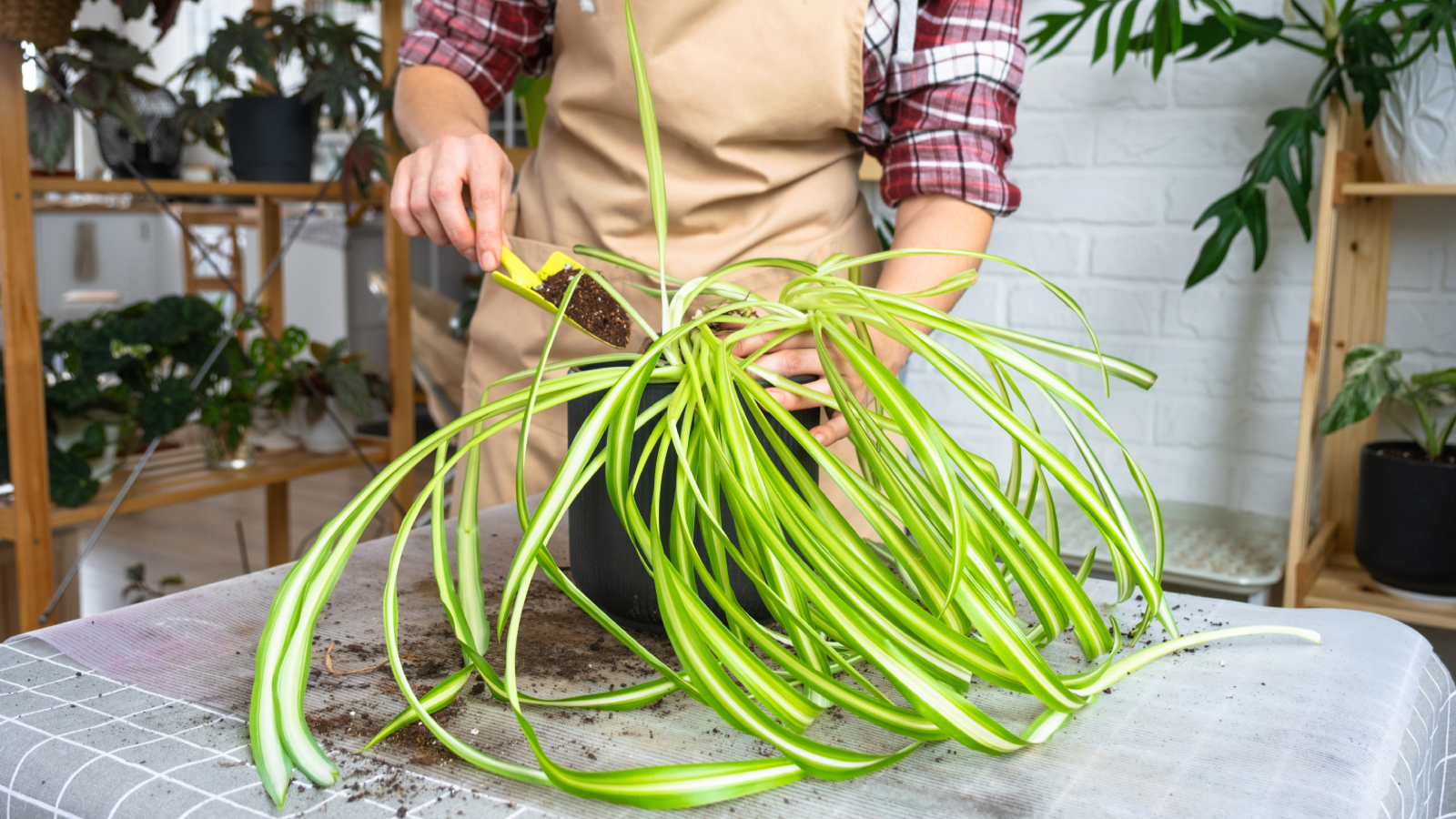

Amy Draiss
Spider plant soil is one of the crucial components to keeping these popular houseplants happy and thriving. Spider plants are a member of the lily family and closely related to asparagus. They are native to tropical West and South Africa and were introduced in the 18th century to Europe. Their native soil is coastal, slightly sandy, and well draining.
Spider plant have tuberous roots which have the capacity to store moisture in times of drought. Spider plant care is pretty straight forward, but selecting the right soil is important for spider plant growth. Proper soil will ensure excess moisture doesn’t collect and encourage fungal diseases that could rot the roots.
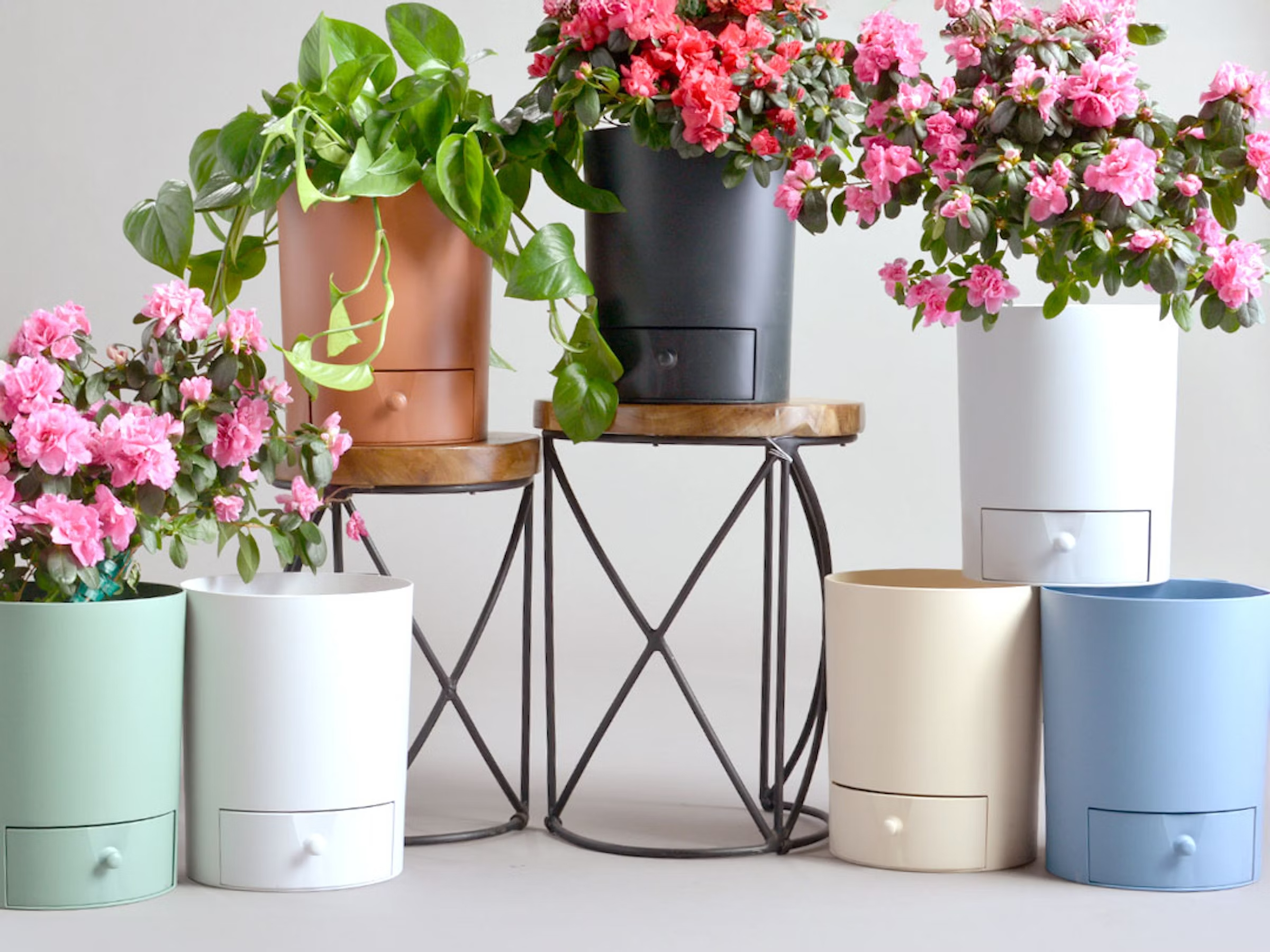
These pots have a drawer beneath their drainage holes for easily dumping any excess water after giving your plants a drink.
Spider Plant Soil Needs
Houseplants need a medium that will support the plant roots, hold nutrients, and allow the free passage of moisture. Spider plants like consistent conditions and don’t fare well when their environment changes abruptly. The best soil for spider plant health will percolate well but hold a bit of moisture. It should have some inherent nutrients unless you are prepared to fertilize more frequently. Overfertilization of houseplants can cause foliar issues and spider plants are no different.
The best soil for spider plants may be a commercial blend containing coconut coir or a soilless mixture. Soilless potting mix will not contain many nutrients but it will provide superior drainage. Spider plants prefer a moderate pH around 6.0-7.0. Some soilless media contain organic elements that are acidic and not appropriate for spider plant growth.
Best Types Of Soil For Spider Plants
Potting soil ingredients vary, but a purchased houseplant potting mixture is usually made up of organic material, peat moss, and sometimes fertilizer. The organic material may be sphagnum moss, compost, coir, bark, and vermiculite. Occasionally, perlite is a component. Such a composition will provide the basic needs for a spider plant but if there is too much peat present the pH will be incorrect for these plants. I also recommend against using peat moss if possible. Peat it is a non-renewable resource and peat harvesting is destroying diverse peatland habitats.
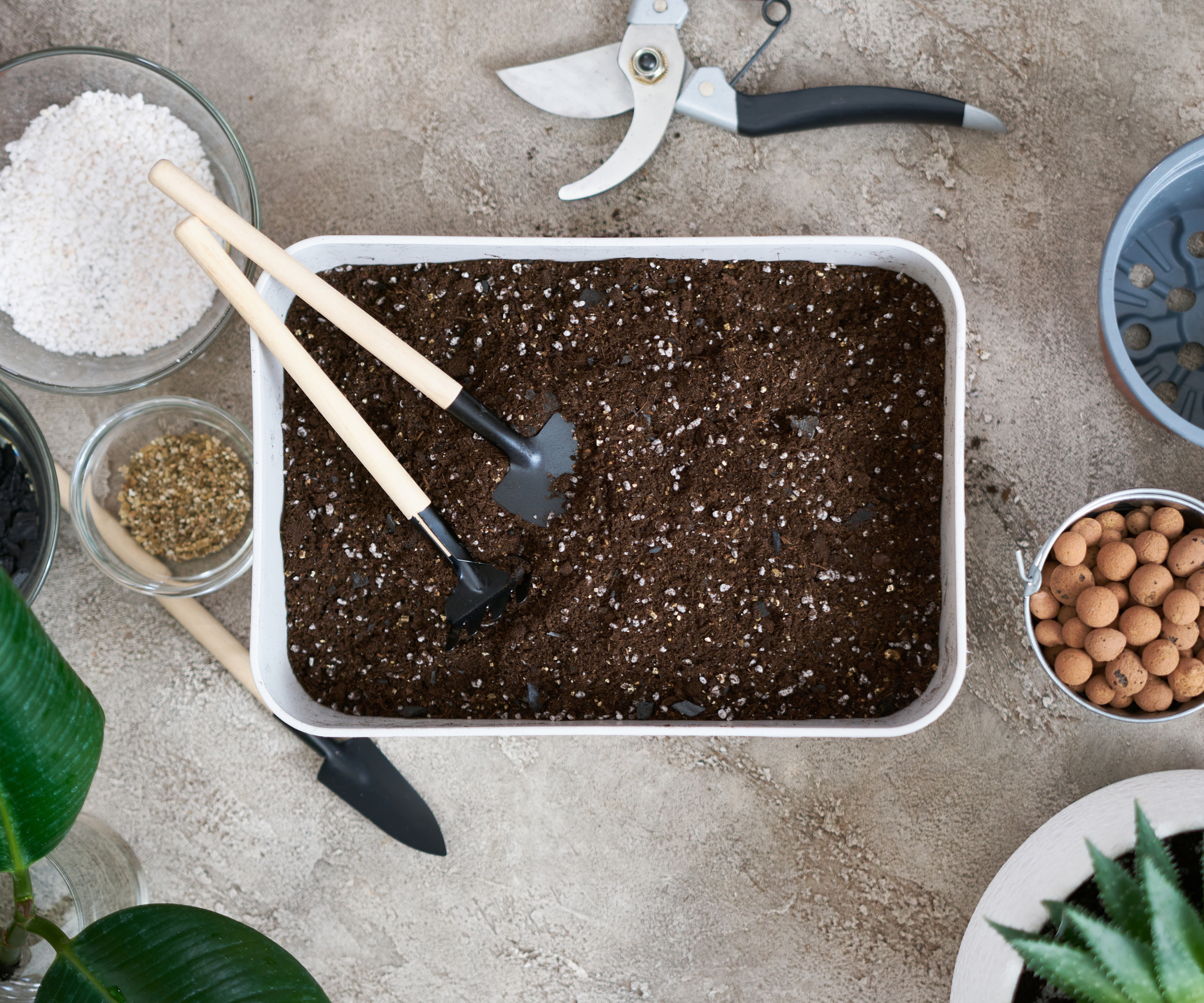
A soilless mixture that contains coir may be used, but supplemental nutrients will need to be added frequently. Standard potting soil is generally sufficient soil for spider plants. Many growers also use African Violet soil. This will have a bit of dolomite lime to adjust the soil pH, perlite, and vermiculite. Other growers use orchid mixture to grow their spider plants. To make a custom mixture, mix potting soil with equal parts perlite and coconut coir and some bark and coarse sand.
Soil For Spider Plantlets
One of the fun things about spider plants are the plantlets or babies at the ends of the stems. You can propagate spiderettes by cutting them away from the parent plant and potting them up as new plants. Leave the babies attached to the mother plant until they have rooted in the soil and then cut them away. Plant the rooted end in either regular potting mix, or cactus, or other soilless mixture. Moisten the media and let the little plants settle in.
Gardening tips, videos, info and more delivered right to your inbox!
Sign up for the Gardening Know How newsletter today and receive a free copy of our e-book "How to Grow Delicious Tomatoes".
Frequently Asked Questions
Can I grow spider plants in water?
Mature plants will not get their nutrients met in water and the thick tubers can rot. For this reason, a well draining medium is recommended. Spiderettes will do best in a soil or soilless mixture but spiderettes can be grown in water. Use clean, sterile scissors to cut away the little plant. Use distilled, bottled, or rain water in a shallow dish or glass and insert the cut end.
Spider plants can be injured by the chlorine in most municipal water supplies. Change the water every few days to prevent the build up of pathogens. When the roots have grown a bit, transplant the little cutting to appropriate soil in a container. Leaving the little plant too long in the water could cause rotting, resulting in limp stems and brown leaves.
Why are my spider plant leaf tips brown?
Browning leaf tips on spider plant may be a sign of too much or too little water. It can also be the result of excess salts that build up in the soil from fertilizing. Plants in bright sun can also scorch and the leaves will discolor. Spider plants that are grown in low humidity will display leaf distress. And finally, plants that are near drafts or blowing vents will dry out and leaves will darken. Water when the top of soil is dry to the touch.
Once every month, put the plant in the shower and soak it until water pours from the drainage holes to leach out salts. Keep plants in bright but indirect light. Mist your plant or keep the container on a saucer filled with pebbles and water to increase humidity. Situate the container away from doors and windows and heating ducts.
More Houseplant Ideas
- Ever heard of a curly spider plant? Up your houseplant game with this fun variety!
- Looking to add more greenery to your room design? Explore these perfect houseplant combinations for every room of your house.
- Keep your houseplants happy and hydrated with the Cleo watering can and sprayer set found in the Gardening Know How Shop.
- Add even more variety to your plant collection and check out these 8 unique types of spider plants you may have never heard of.
- Get more inspiration, tips, and advice delivered straight to your inbox when you sign up for our free Gardening Know How Newsletter.
This article features products available from third-party vendors in the Gardening Know How Shop.

Bonnie Grant is a professional landscaper with a Certification in Urban Gardening. She has been gardening and writing for 15 years. A former professional chef, she has a passion for edible landscaping.
- Amy DraissDigital Community Manager
-
 4 Superfast Composting Methods: Turn Waste Into Garden Gold In 30 Days Or Less
4 Superfast Composting Methods: Turn Waste Into Garden Gold In 30 Days Or LessTry the fastest composting methods to turbocharge your pile and transform kitchen scraps and garden waste into finished compost in just a few weeks.
By Mary Ellen Ellis
-
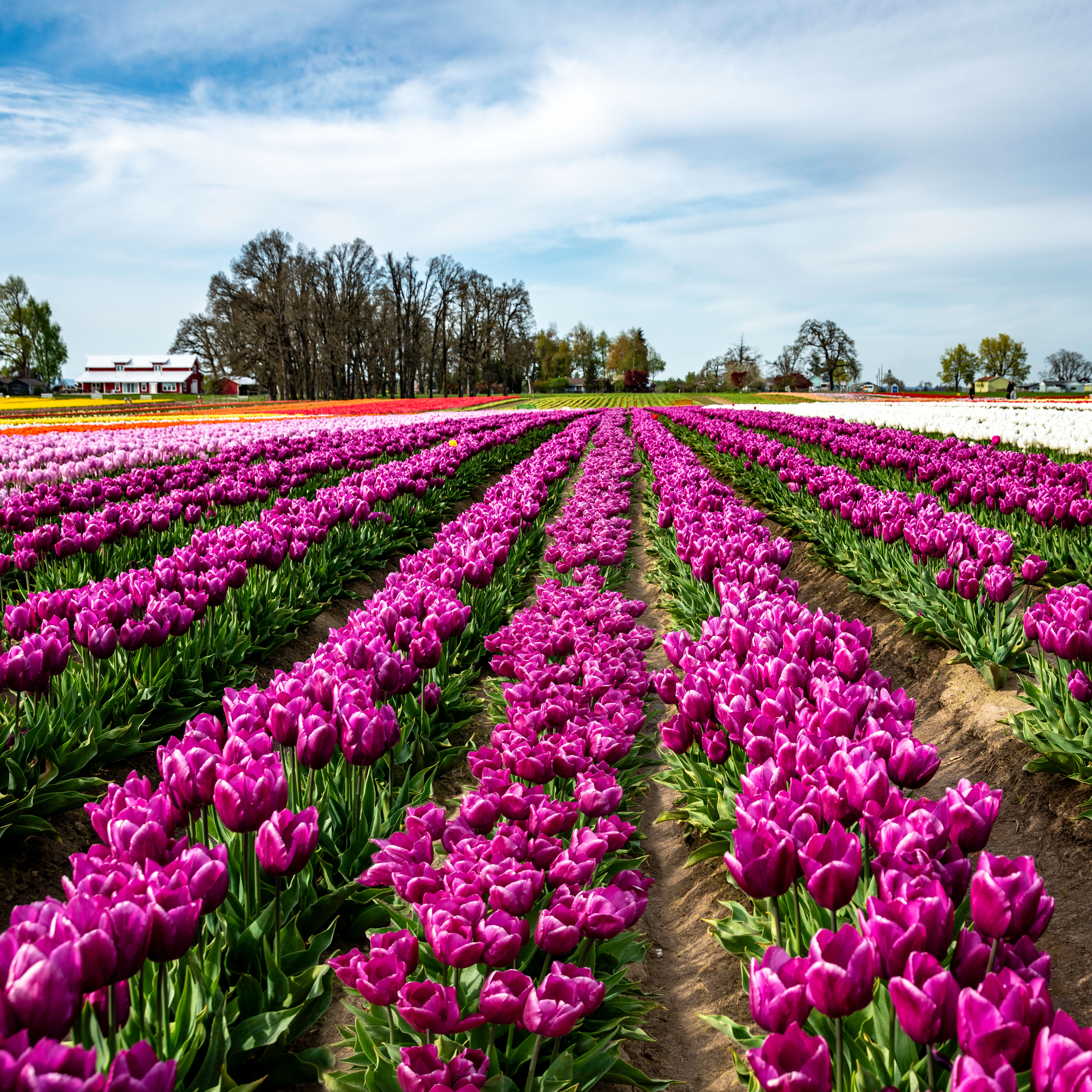 Do You Love Tulips? These 6 Tulip Festival Events Will Inspire You For The Growing Season
Do You Love Tulips? These 6 Tulip Festival Events Will Inspire You For The Growing SeasonAre you passionate about tulips and looking for truly inspirational bulb planting tips – or just longing to see open spaces filled with color? Check out these tulip festival events
By Teo Spengler
-
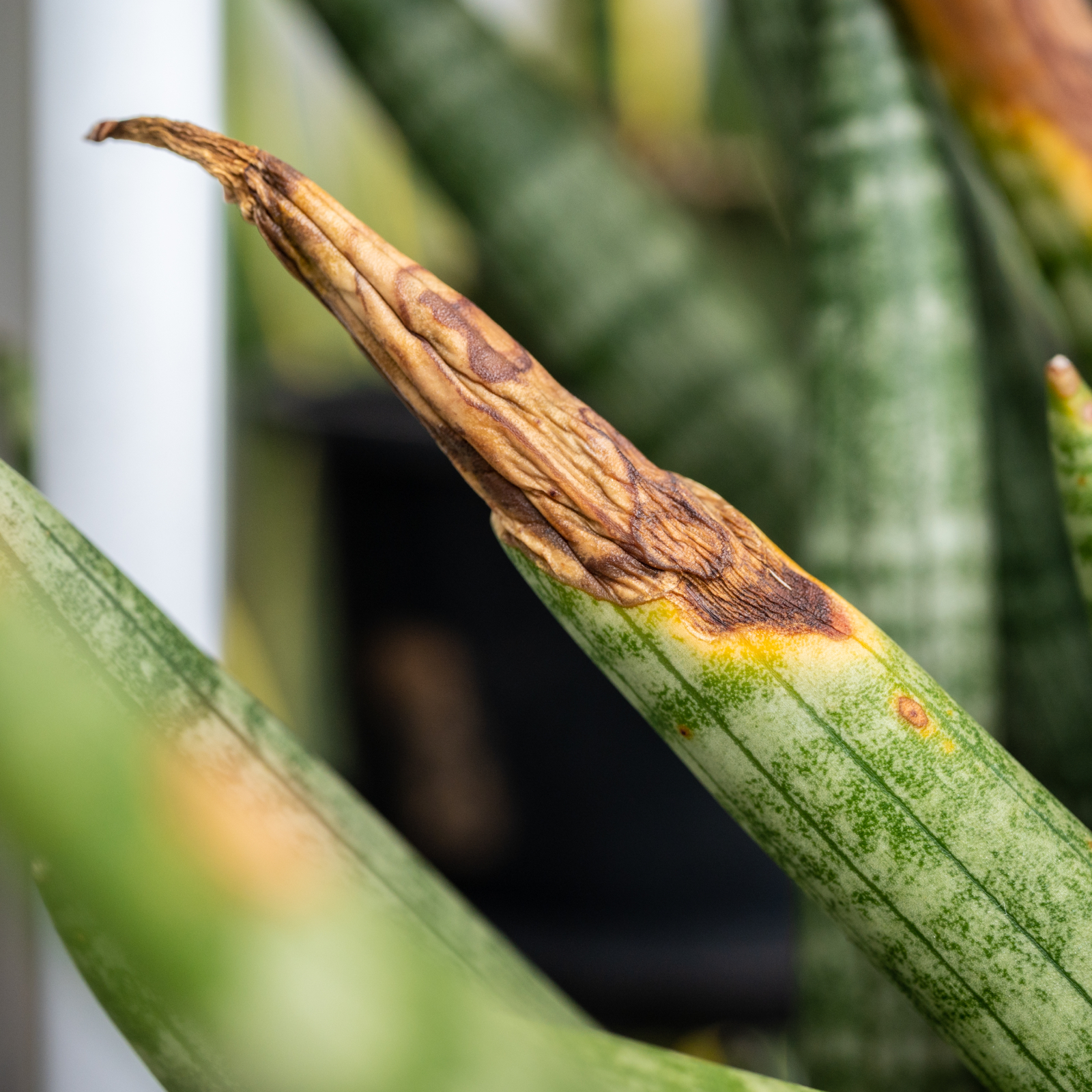 Help, My Snake Plant Is Mushy! Advice For Root Rot In Snake Plants
Help, My Snake Plant Is Mushy! Advice For Root Rot In Snake PlantsSnake plants are hardy houseplants, but they can be susceptible to root rot. Learn how to prevent and treat this common snake plant problem.
By Amy Grant
-
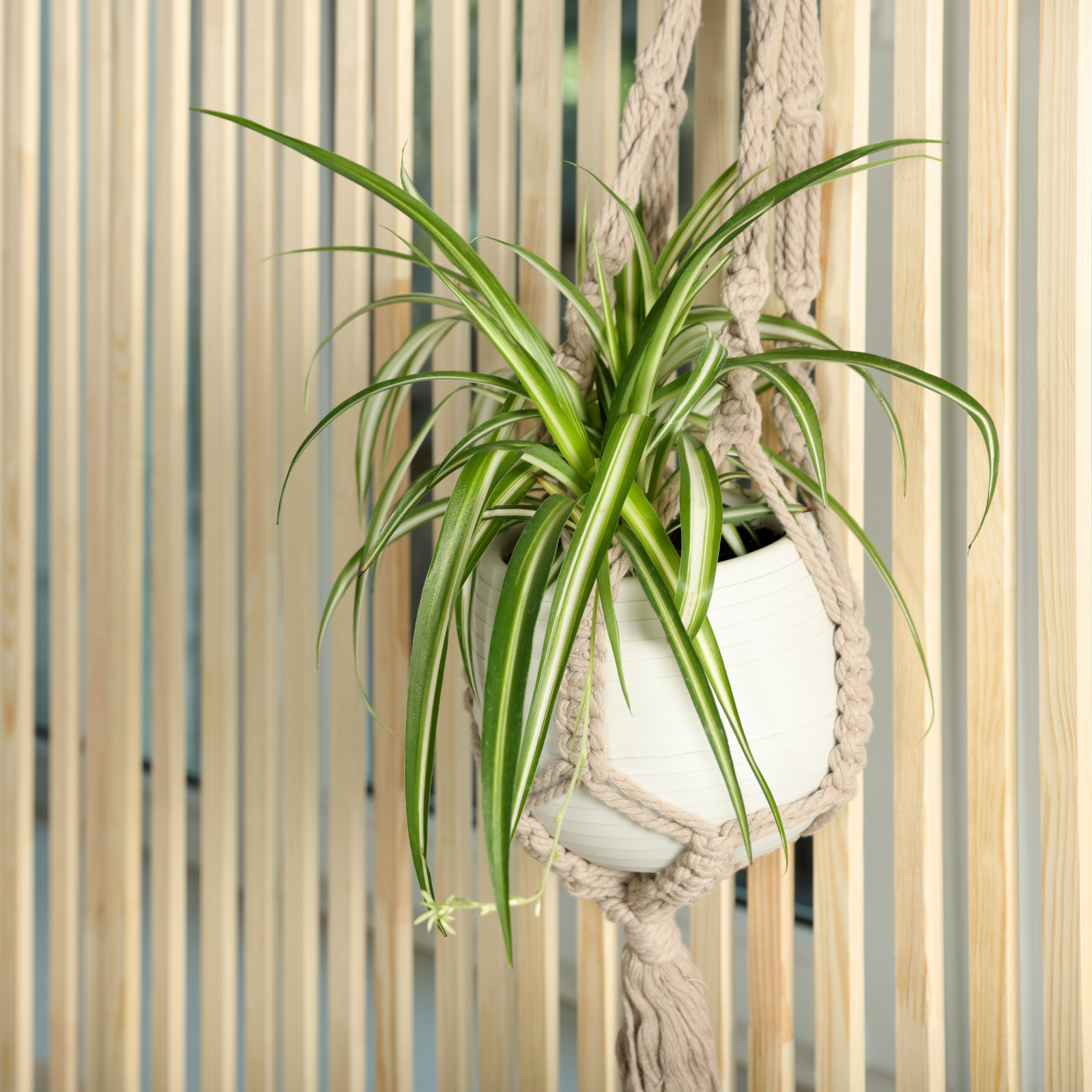 How To Grow A Hanging Spider Plant – For An Elegant Indoor Or Outdoor Display
How To Grow A Hanging Spider Plant – For An Elegant Indoor Or Outdoor DisplayOf all the beautiful baskets we see, the hanging spider plant is probably the easiest to grow. Let your hanging basket spill over with little spider plantlets!
By Teo Spengler
-
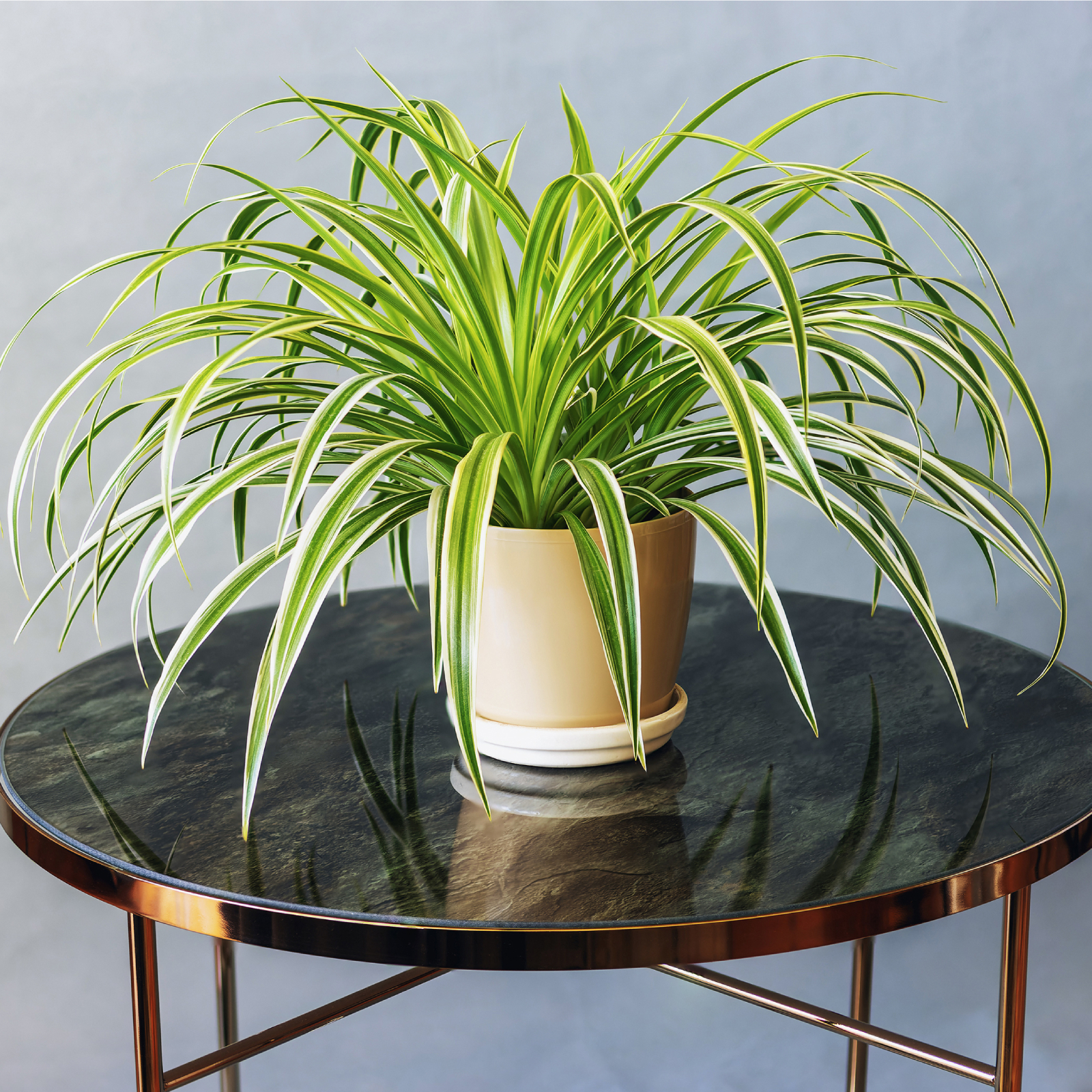 How To Care For A Variegated Spider Plant – Plus, Unique Varieties To Try
How To Care For A Variegated Spider Plant – Plus, Unique Varieties To TryVariegated spider plants and their streaks of green and cream tones bring interest and light to an indoor room, and will elevate your houseplant collection.
By Teo Spengler
-
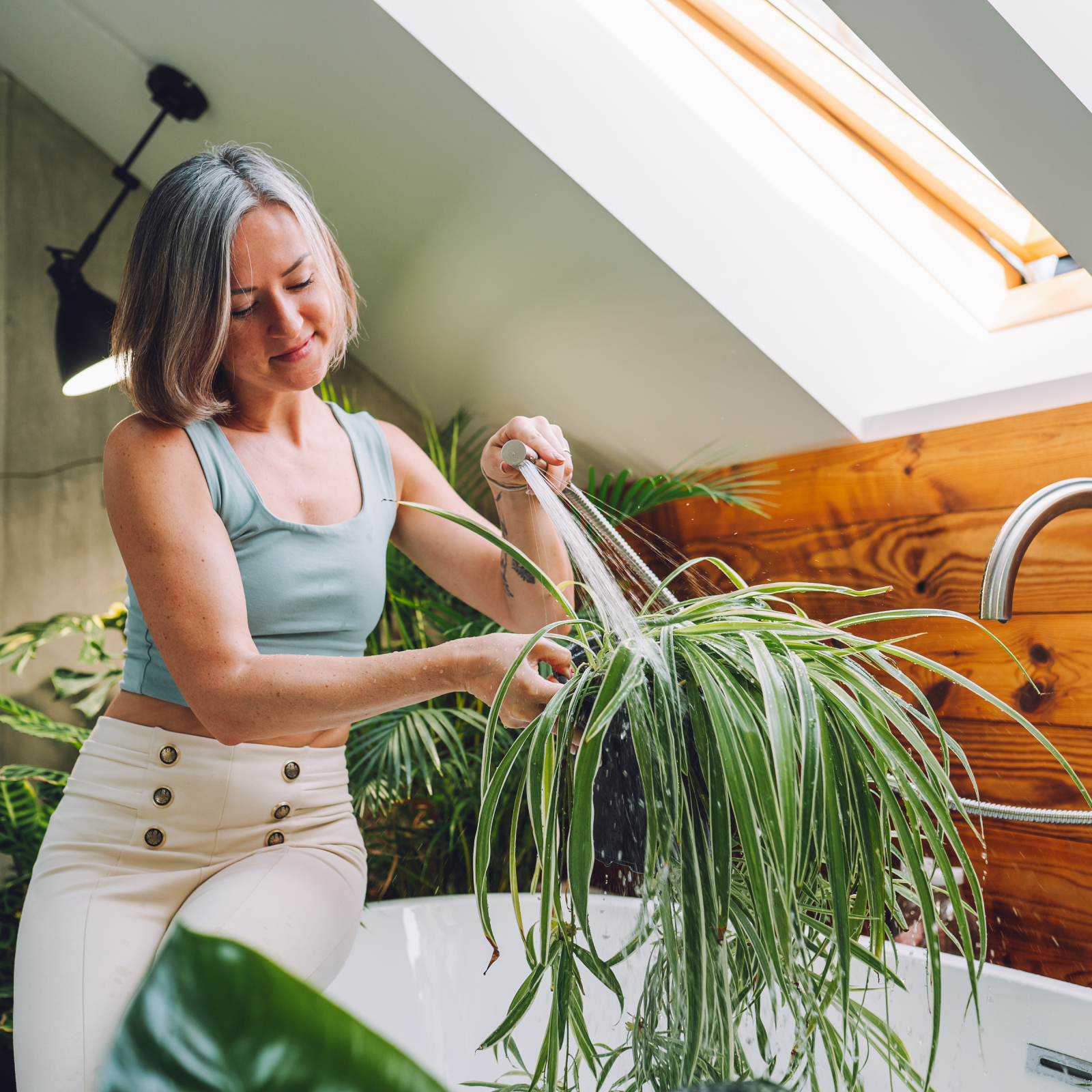 How Often Should You Water A Spider Plant? Tips To Keep Spider Plants Happy And Healthy
How Often Should You Water A Spider Plant? Tips To Keep Spider Plants Happy And HealthySpider plants are hardy and easy to grow, but they do need proper watering to thrive. Read our tips on how often to water your spider plants.
By Amy Grant
-
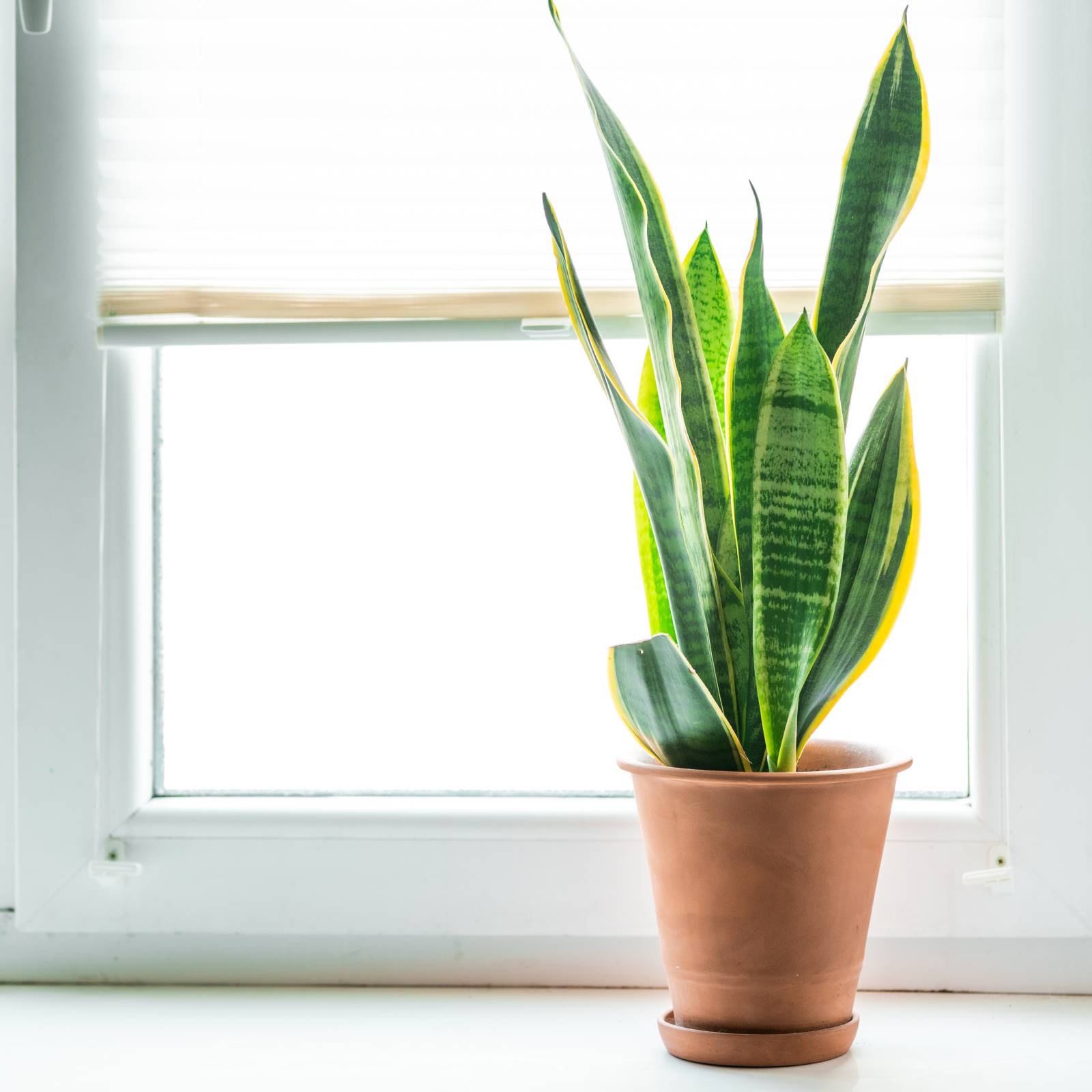 Snake Plant Getting Enough Light? Understanding Light Requirements And How To Adjust
Snake Plant Getting Enough Light? Understanding Light Requirements And How To AdjustSnake plant light requirements aren’t as stringent as for some houseplants, but the right lighting is important for their growth and well-being.
By Tonya Barnett
-
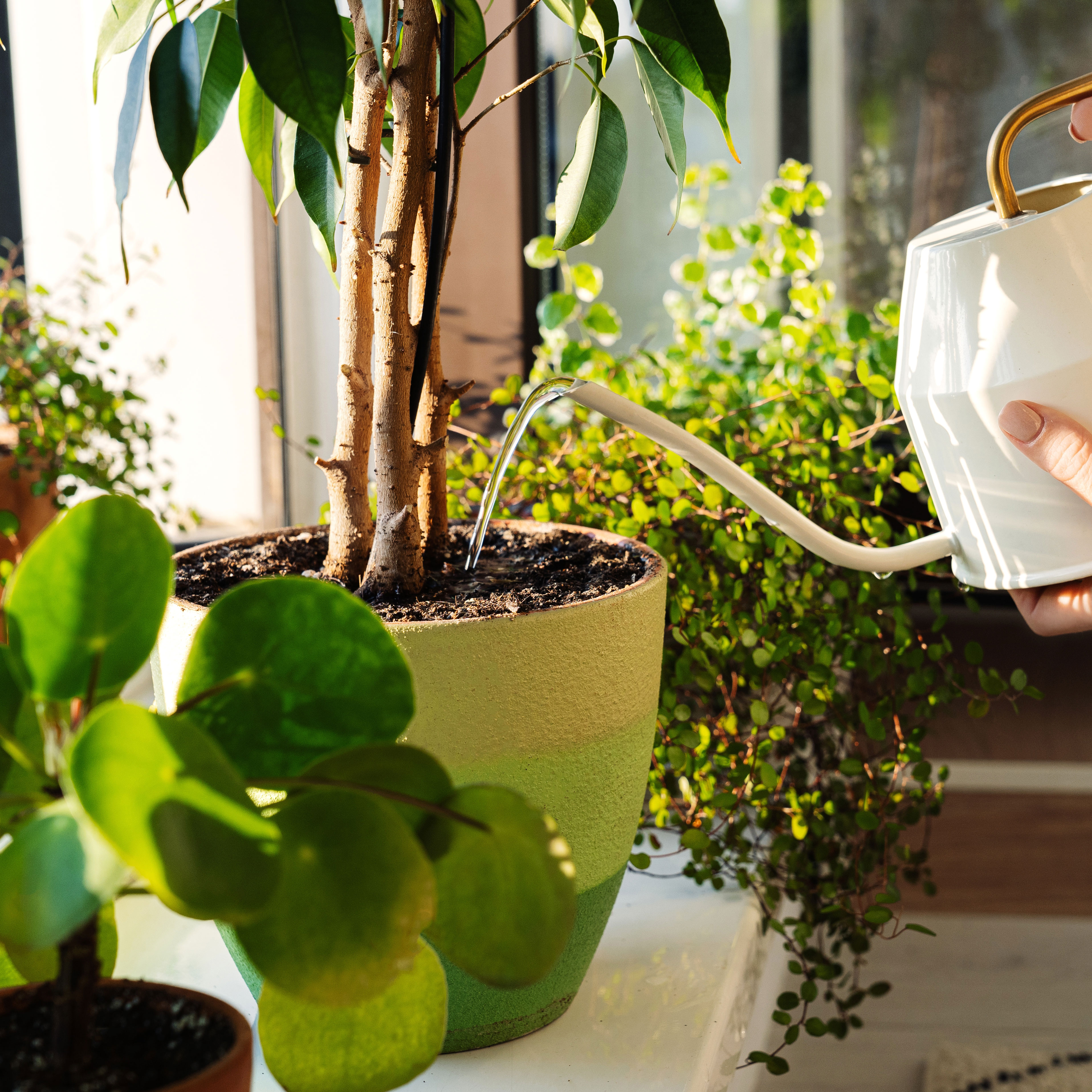 Feeding Houseplants: How And When To Fertilize Indoor Plants Like A Pro!
Feeding Houseplants: How And When To Fertilize Indoor Plants Like A Pro!Container-based houseplants have specific feeding needs over and above plants grown in the ground. Here’s how and when to fertilize indoor plants the right way
By Bonnie L. Grant
-
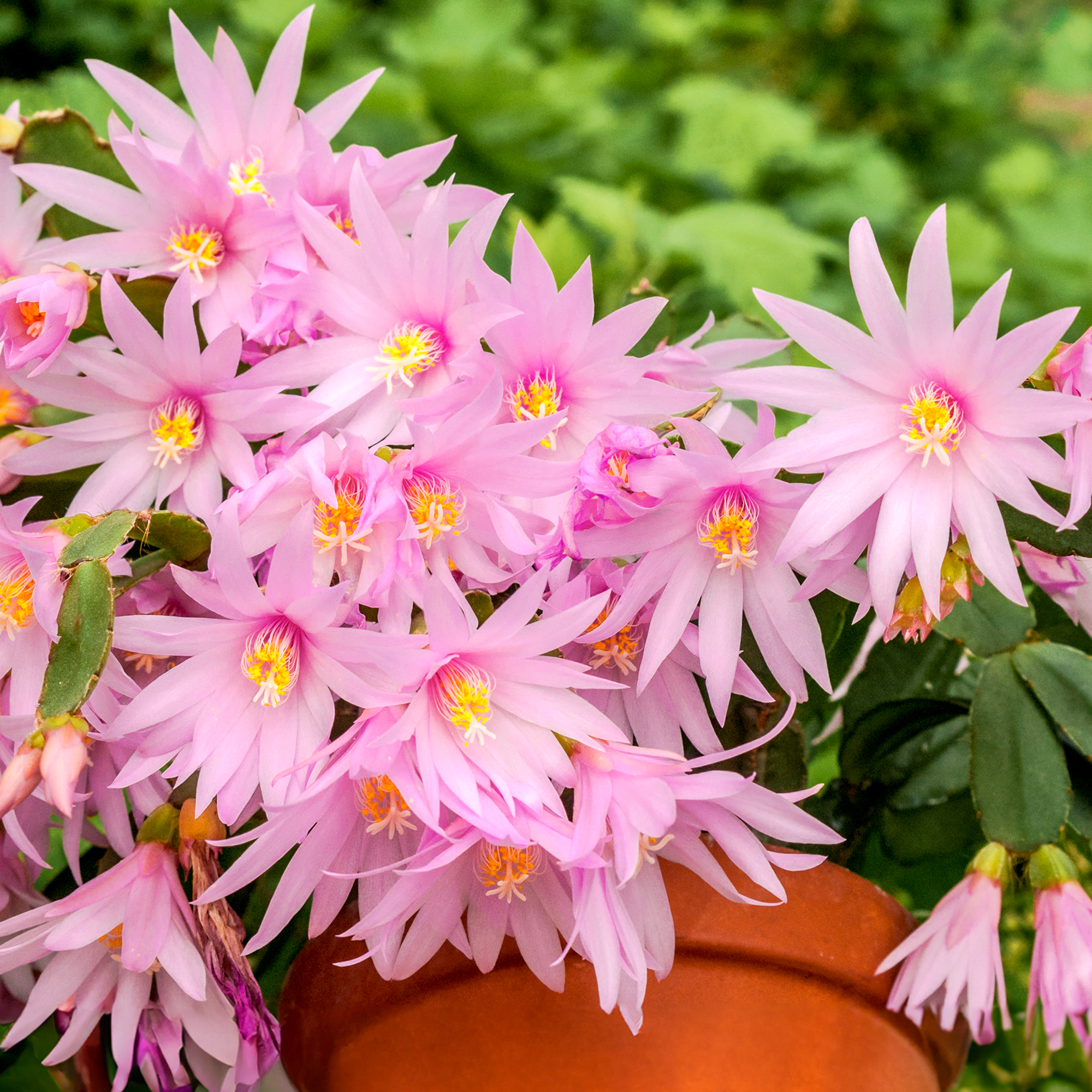 How To Get An Easter Cactus To Bloom Every Year: Expert Tips For Stunning Spring Flowers
How To Get An Easter Cactus To Bloom Every Year: Expert Tips For Stunning Spring FlowersDiscover the secrets to vibrant Easter cactus flowers and follow these key steps to ensure spectacular blooms just in time for spring.
By Melanie Griffiths
-
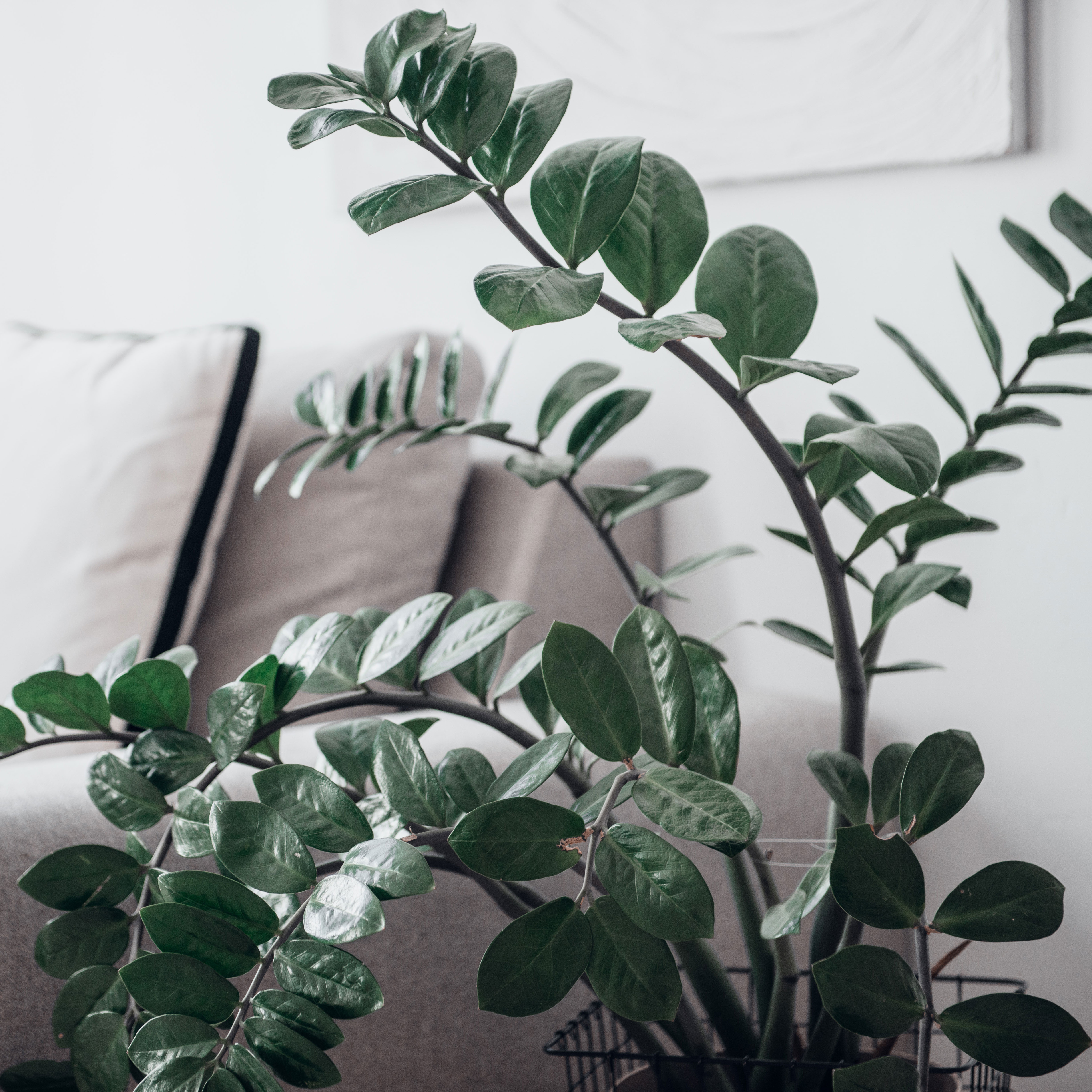 Crazy For ZZ Houseplants? Try Growing These 6 Unusual And Unique ZZ Plant Varieties
Crazy For ZZ Houseplants? Try Growing These 6 Unusual And Unique ZZ Plant VarietiesWidely acknowledged as some of the easiest houseplants to own, you may think ZZ plants are predictable – but these unique ZZ plant varieties reveal how dynamic they can be
By Tonya Barnett